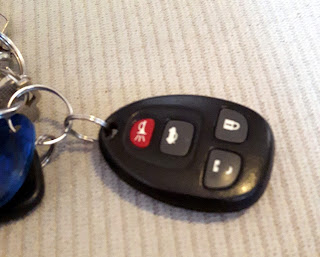The ROS garden - Part 1
Introduction
Process automation being my livelihood for over a decade now, it should come as no surprise that I strive to automate as many things as possible in my life, often with the excuse of tackling an interesting technical challenge, but usually to cover what I prefer to call a severe case of constructive laziness.I have been designing and building what could be called automated plant growing systems for a while now, mostly in the traditional and hydroponics areas. While none have yielded the promised land in terms of the next agricultural revolution, they have served me well in terms of learning about the chemistry and biology of growing plants, both of which completely evaded my efforts at harnessing the more respectable sciences of mathematics and computer science (fight me).
Sadly, my first open-source prototypes suffered with the curse of the single-configuration system. This has led me to abandon the idea, publish the code on GitHub, and leave others to hack at the source code, with little success, mostly due to the need for flexibility in terms of sensor and actuator configurations, data streams, and other design variables that require more or less a rewrite of some of the code's core components, an already difficult endeavor made trickier by the use of multiple programming languages, and tiers for the average programmer.
Enter ROS
My experiences with automation systems has led me to the wonderful world of ROS, the Robot Operating System (https://www.ros.org/) . Its open-source architecture alleviates many hurdles faced by robot designers, namely the huge diversity of sensor and actuator architectures, which is a direct solution to my generic automated greenhouse problem. This has led me to conceive a system where integrators could use a variety of sensors in a relatively easy plug-and-play architecture with the same objective of growing stuff as fast and dense as inhumanly possible. In the next serie of articles, I will therefore document the process of building an automated indoor greenhouse system based on ROS.
The Plan
The architecture will use a traditional earth-based medium inside an old aquarium. Temperature and humidity sensors will be fitted to monitor the environment 24/7 using a Raspberry Pi data logger. Actuators will be fitted to control the temperature and humidity.



Comments
Post a Comment